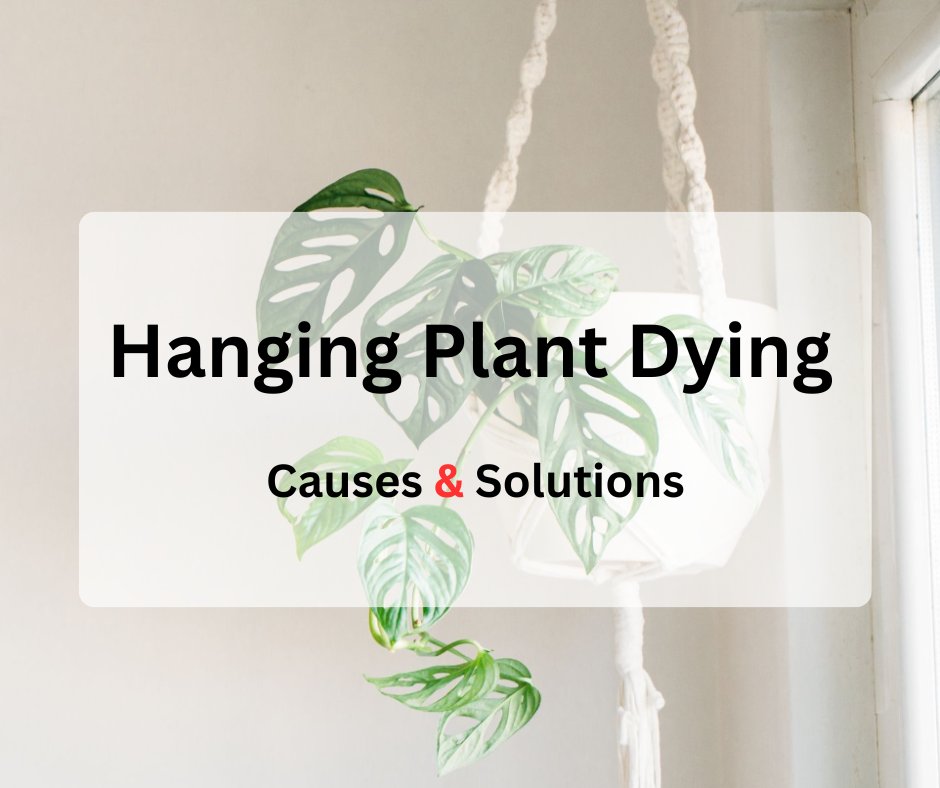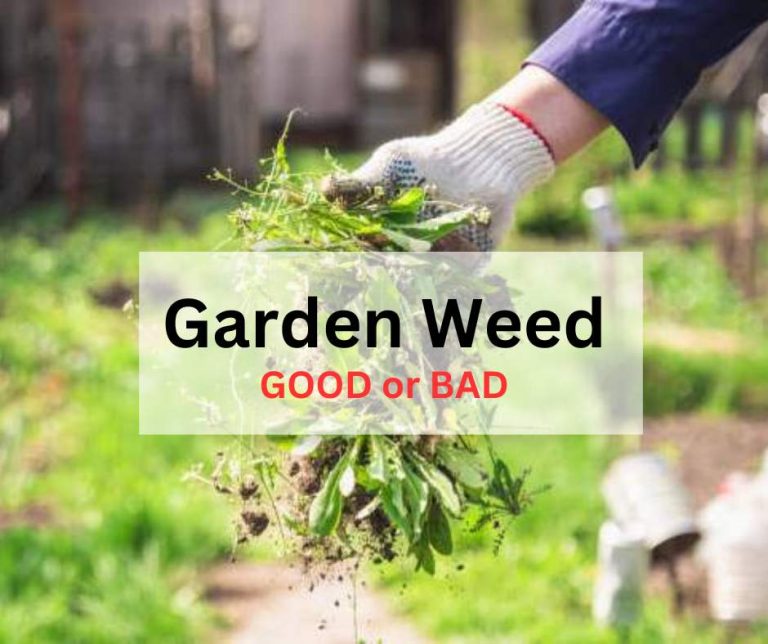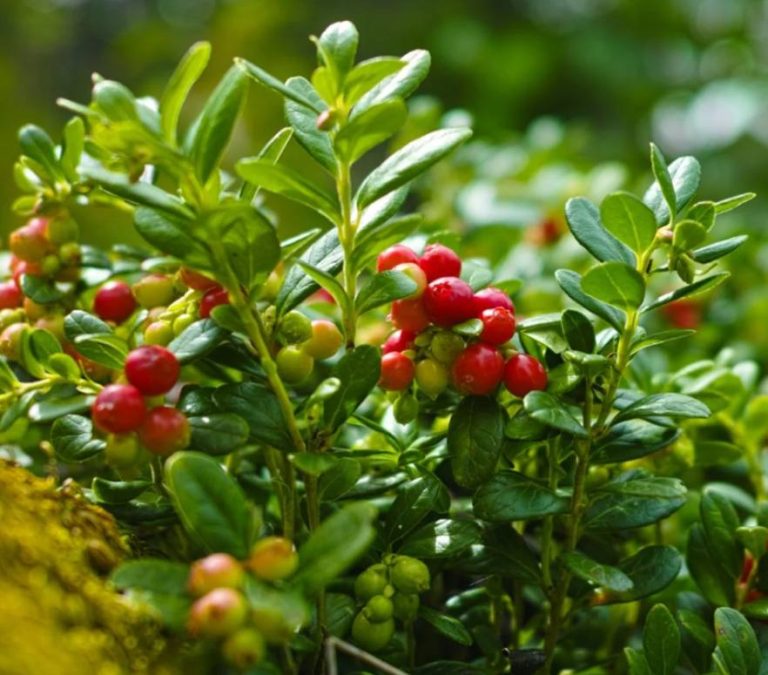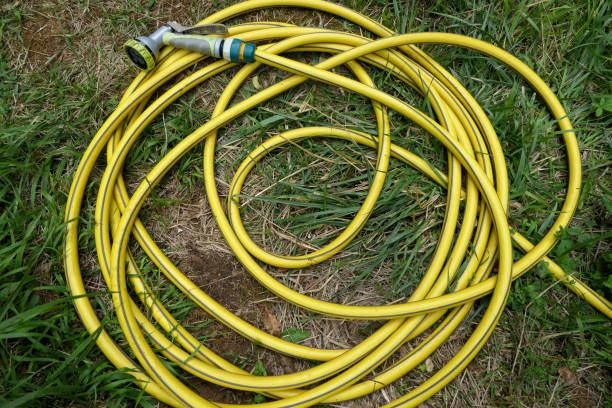Why Is My Hanging Plant Dying? (causes and solutions)
A hanging plant can be a lovely addition to any room, bringing a bit of nature’s beauty indoors with its colorful foliage. However, it can be upsetting to see a beloved plant begin to wilt and die. The withering of the hanging plant could be caused by a variety of elements, including the environment and poor maintenance. Here are some probable reasons why a hanging plant might be dying and what can be done to save it.
01. Insufficient light
The amount of sunlight that most hanging plants require for photosynthesis varies from plant to plant. If it is not getting enough sunlight, it can not make its own food and thus begin to fade and die out. Some plants thrive in low-light conditions, while others demand bright, indirect sunlight.
Solution
Determine the plant’s light requirements and move it closer to sunlight so that it gets a minimum of 6 hours of sunlight in a day. Place it in different places to find out the best-suited place for the plant.
02. Overwatering or Underwatering
Hanging plants are also susceptible to over or underwatering. A vital part of plant maintenance is watering and finding the perfect balance is essential. Overwatering can lead to root rot, which will kill your plant. On the contrary, underwatering will cause the plant to be dehydrated. It will hamper photosynthesis and thus wilt and die.
Solution
Know how often your hanging plant needs to be watered. Adjust the times to be watered according to the season and the surrounding environment, letting the soil somewhat dry between watering sessions. Use a well-draining soil mix that is specifically formulated for the needs of the plant and make sure the hanging pot has enough drainage holes to avoid overwatering.
03. Wrong soil
Hanging plants need well-draining soil so that water does not clog in the roots. If the plant is in heavy, clay soil, the roots will be waterlogged and the plant will die due to diseases in its roots.
Solution
Use a well-draining soil mix that is specially formulated for the needs of the plant and make sure the hanging pot has enough drainage holes. Additionally, to enhance drainage, put a layer of rocks or pebbles at the bottom of the pot. You can occasionally check the pot to see if there is any water accumulated.
04. Pest and diseases
Pests have the potential to be quiet killers, gradually weakening a plant by eating away at its tissues. Common pests include spider mites, aphids, mealybugs, and scale insects.. Growing brown spots on the leaves are also a sign of disease.
Solution
Regularly check your hanging plant for pest activity, then take the necessary steps to get rid of it, including applying natural insecticidal soaps or introducing beneficial insects that eat the pests. Put any infected plants in quarantine to stop the pests from spreading to your other indoor plants.
05. Temperature
Hanging plants also need to be kept in a warm environment. Between 65 and 75 degrees Fahrenheit is the recommended temperature range for the majority of hanging plants. If the temperature gets too cold, the plant will start to suffer. Again,if the temperature is too hot, the roots will dry out in a short span of time.
Solution
Choose an appropriate place for the hanging plant with a temperature suitable for its growth. Keep it away from frequent temperature fluctuations. Water the plants regularly in case of very hot weather.
06. Humidity
Additionally, hanging plants require a humid setting. Most hanging plants prefer a humidity range of between 50 and 60%. The plant will eventually die if the humidity drops too low since the leaves will begin to dry up.
Solution
Maintain consistent humidity levels by misting the plant’s leaves regularly, especially during dry seasons or in rooms with low humidity. Use a spray bottle to water the leaves.
07. Airflow
Good ventilation is also necessary for hanging plants. The likelihood of a plant developing pests and illnesses increases if the air is stagnant. The plant may become stressed if it is exposed to drafts, air conditioning, or heating vents.
Solution
Place your plant in such a place to avoid the direct flow of air currents.
08. Nutrient Deficiency
Essential nutrients like nitrogen, phosphorus, potassium, and trace elements are necessary for plants to flourish. These minerals are necessary for healthy growth, and a deficiency can cause yellowing leaves and general ill health. For them to receive enough nutrients to grow healthily, regular fertilization is required.
Solution
Use specific fertilizers according to the plant and its needs. Special care needs to be taken during the growing season. Follow the recommended application instructions to avoid over-fertilization, as excessive fertilization can also harm the plant. It is recommended to use organic fertilizers.
09. Repotting
Hanging plants will eventually outgrow the pot where they were initially planted. The roots will get tangled, hindering water and nutrients uptake.
Solution
After gently untangling the roots, place the plant in a larger pot. Trim back any branches or roots that have grown too much.
10. Lack of Pruning
Pruning is essential to remove dead or yellowing leaves, promote bushier growth, and direct the plant’s energy to healthier parts.
Solution
Regularly prune your hanging plant, removing dead or unhealthy foliage to encourage new growth and overall vitality. Use clean, sharp pruning shears to avoid injuring the plant and spread of diseases.
Here are some more pointers on how to take care of hanging plants:
- Choose a plant that will thrive in your region’s climate and surroundings.
- Put your plant in a location with the ideal conditions for light, moisture, and humidity.
- Regularly fertilize your plant.
- Regularly prune your plant.
If all of the aforementioned possibilities have been ruled out and your hanging plant is still dying, it’s better to accept that the plant is just not thriving in its surroundings. Some plants are more susceptible to specific environmental factors than others. It might be time to give up and try a different plant if you’ve done everything possible and your plant is still dying.

I am the founder of FinalGardening. With over five years of hands-on experience in gardening. I have dedicated myself to sharing my expertise and insights with fellow gardening enthusiasts. I aim to empower you with the information and necessary resources to achieve gardening success.







